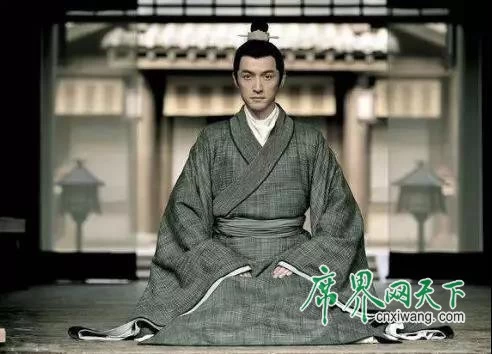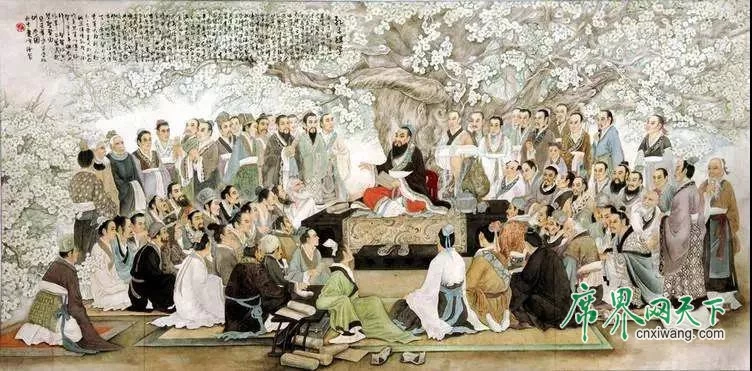Chinese cultural etiquette of seating and living
The origin of mats can be traced back to the Stone Age, when "mats" had become one of the common living utensils, but the mats at that time were much rougher than the ones now. At that time, mats were woven from a kind of grass that grew in swamps and lowlands, so the initial mats were simple and rough in appearance. According to historical evidence, from the early days of the slave society, the working people of China began to realize the importance of personal etiquette and began to pay attention to it in their daily lives. The first thing people did after waking up every morning was to hide the mats they used to spread at night in a very secret place, in order to free up the limited space in their homes and to avoid affecting the sight and mood of their guests.
About the late slave society, due to the continuous development of social productivity, people used their own handicrafts to create a variety of mats, then the sitting furniture can be divided into "feast" and "mat" two kinds, "feast The "feast" is woven with bushes or reeds, and the area is larger; the material of "mat" is finer and the area is smaller.

Before the Tang and Song dynasties, due to the limitation of production technology, there were no elevated apparatus such as tables and chairs in the homes of the residents at that time, and there were only a few short cases of such things, so the ancient people talked, wrote, ate, etc., were sitting on the ground, and the only thing that could be elaborate was to lay a mat on the ground, and that kind of mat and living scene we often see in contemporary Japanese, Korean and Korean families. We also say "sitting on the ground" because we sit on the mat on the ground. As the mat is convenient and quick to be folded, the term "mat roll" is also used. In the Han Dynasty, Jia Yi's "On the Passing of Qin", he said, "There is the intention of sweeping the world, encompassing the four seas, and swallowing the eight directions.
As the mat is closely related to people's life, there are quite a lot of idioms and stories about the mat. The historical allusion of "Guan Ning cut the mat" is that Guan Ning disdained to sit with his classmates who did not concentrate on their studies, so he cut the mat and sat down, which shows that people already started to notice the symbolic meaning of the mat at that time. Chen Shou's "Three Kingdoms" also says about Liu Bei's origin that "the first lord was young and orphaned, and he and his mother sold footwear and wove mats for their business." From this point of view, as early as the Three Kingdoms period, mats had already become an industry. Of course, the most famous story is the story of the "yellow incense fan pillow", after all, since ancient times, China has advocated the "hundred good deeds filial piety first".

The ancients paid great attention to etiquette, and the rich culture of the wine table is sufficient to illustrate the importance of the ancient people for seating etiquette, the ancients in the laying of the seat is also natural to have instructions. From the emperor, vassal, scholar and common people have strict rules. Generally speaking, whether it is a banquet for guests or family dining, to place a few cases on the paved mat, according to the status and identity of different, the number of the paved mat is also different.
In ancient times, due to the strict hierarchy, the mat represented the status of a class to a certain extent, however, in modern times, this harsh concept of sitting on the basis of people has also gradually disappeared. People in the north only in the summer days to lay on a bit of cool mat in order to sit and sleep comfortably, the southerners may use more. Although the mat no longer has so many symbols to speak of, but the words and things derived from the mat are countless. For example, "chairman", which at first meant "the main seat on the mat", has become a position. "Seat", which originally meant "a place on the mat", is now a position in a group or assembly. Other more words such as "present," "present," "present," "absent," "absent," and so on, are used. "absent" and so on, are all derived from mat, which shows that the culture of mat has been influential and continues to this day.

 EN
EN AR
AR FR
FR DE
DE EL
EL HI
HI IT
IT JA
JA KO
KO NO
NO PL
PL PT
PT RO
RO RU
RU ES
ES SV
SV TL
TL ID
ID VI
VI TH
TH TR
TR FA
FA AF
AF MS
MS BE
BE MY
MY XH
XH Back To News
Back To News